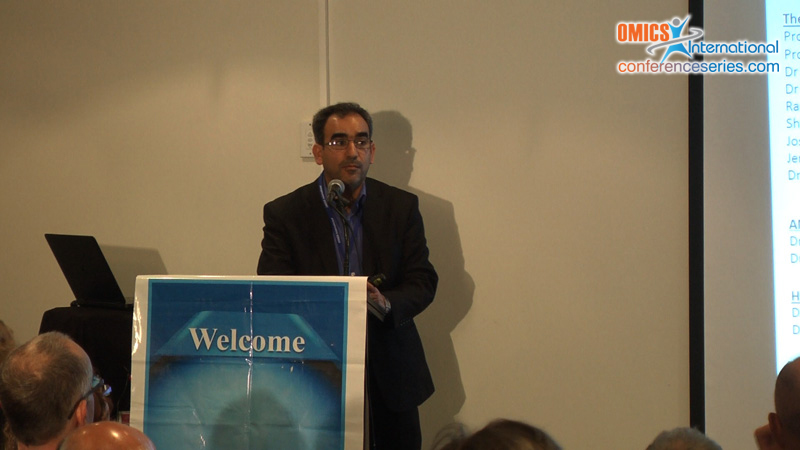
Mohammed Alsharifi
The University of Adelaide, Australia
Title: Gamma-ray Inactivated Vaccines: Concepts and Applications
Biography
Biography: Mohammed Alsharifi
Abstract
Gamma-irradiation has been used widely to sterilize biological products. It can also be utilised as an inactivation technique to generate whole cell bacterial and viral vaccines with limited effect on pathogen structure and antigenic determinants. Importantly, mathematical concepts currently used to estimate the sterilizing doses of gamma-irradiation may not be applicable for virus vaccines, particularly when vaccine manufacturers use stringent sterility testing. We have previously reported our approach to develop a cross-protective influenza A virus vaccine using gamma-irradiation (gamma-FLU). The ability of gamma-FLU to induce strong innate immunity is associated with possible application as an adjuvant to co-administered antigens. In addition, we have recently utilised gamma irradiation to inactivate Streptococcus pneumoniae (gamma-PN). Intranasal ï§-PN vaccination of C57BL/6 mice was shown to be protective in challenge models of pneumococcal bacteraemia, pneumonia and meningitis. Overall, gamma-irradiation is a highly reliable procedure to develop inactivated vaccines, with the advantage of minimal molecular changes to viral proteins and viral structure.


